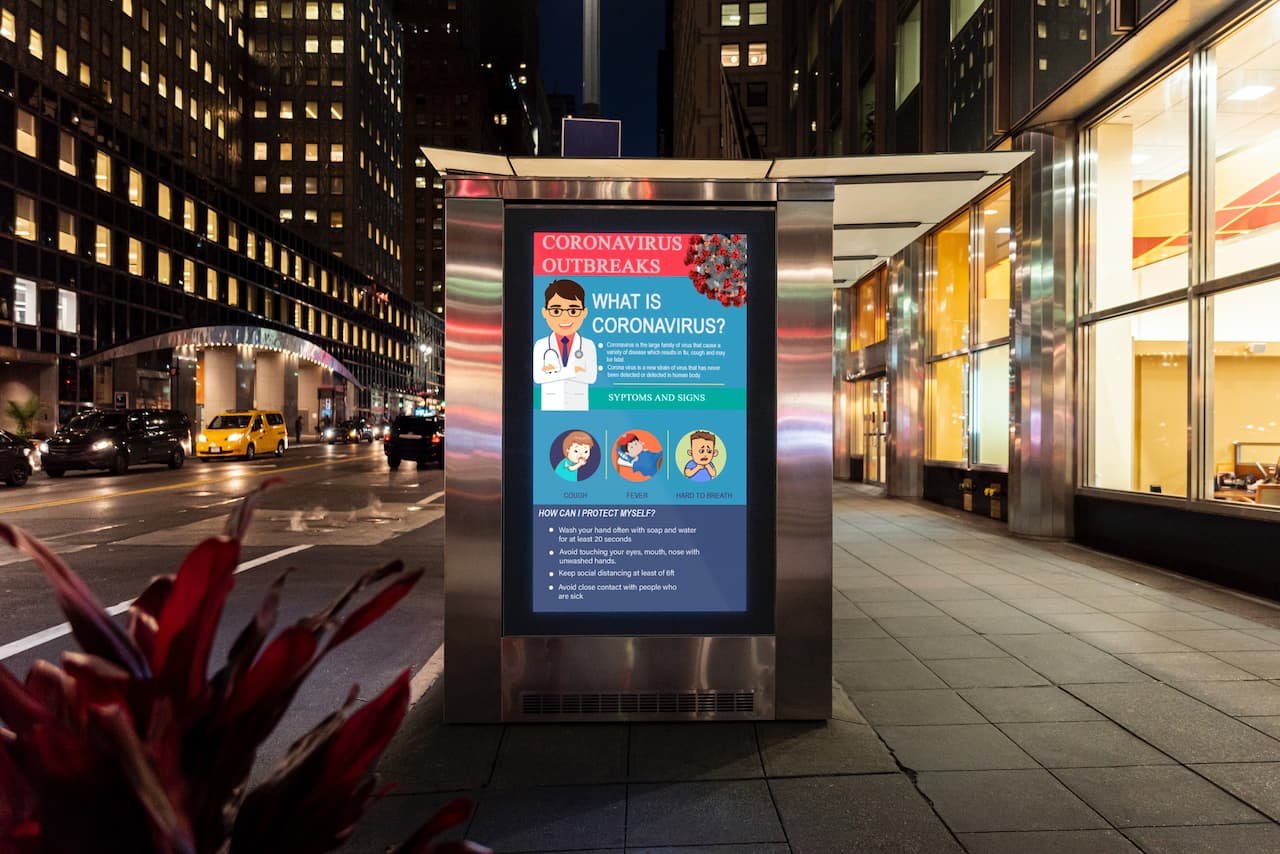Email format error
Email cannot be empty
Email already exists
6-20 characters(letters plus numbers only)
The password is inconsistent
Email format error
Email cannot be empty
Email does not exist
6-20 characters(letters plus numbers only)
The password is inconsistent

News

From Smartphones to Billboards: How Digital Displays Have Transformed the Way We Consume Information?
In the 21st century, digital displays have become an essential part of our daily lives. From smartphones and laptops to TV screens and billboards, these displays have revolutionized the way we communicate, learn, and consume information.

How the Digital Display Change in Our Daily life?
Digital displays are not only ubiquitous but also diverse in their forms. With the advancements in technology, we now have a range of displays that cater to specific needs and preferences. For instance, head-mounted displays enable us to view digitized content from an egocentric viewpoint, bringing a new level of interactivity and immersion to gaming and virtual reality.
Similarly, electronic paper displays are much more energy-efficient and offer better readability in sunlight than traditional LCD screens, making them ideal for e-readers and signs in public spaces.
Moreover, digital displays have helped overcome the limitations of traditional mediums like paper that are static and lack interactivity. Digital displays offer dynamic and interactive content that can be updated in real-time, customized based on users' preferences, and shared instantly across the globe. This has transformed the way we consume information and engage with our environment.
Furthermore, digital displays have also revolutionized the advertisement industry. With the ability to display high-quality, customizable content that can be changed rapidly and remotely, digital displays have become a go-to for businesses looking to reach a wider audience and create engaging marketing campaigns.

What's the Benefits of Digital Display?
Versatile
One of the most significant advantages of digital displays is their versatility. They can be used in a variety of settings, from small handheld devices to large-scale outdoor billboards. This flexibility has made them an essential tool for businesses, educational institutions, and government agencies alike. For example, digital displays are commonly used in classrooms and lecture halls to enhance learning by displaying interactive content and multimedia presentations. In the healthcare industry, digital displays are used to provide real-time patient information, reducing the risk of errors and improving patient outcomes.

Real-time Information
Another advantage of digital displays is their ability to provide real-time information. This is particularly useful in emergency situations, where timely and accurate information can save lives. For example, digital displays can be used to display emergency alerts, weather updates, and traffic information, helping people to make informed decisions and stay safe.
What Challenges the Digital Display will Meet?
Personal Privacy 
Despite their many advantages, digital displays also present some challenges. One of the most significant challenges is the issue of privacy. With the ability to collect and store vast amounts of data, digital displays raise concerns about the security and privacy of personal information. Additionally, the use of digital displays can be distracting and even harmful to our health, particularly when used for extended periods.
In conclusion, digital displays have transformed the way we communicate, learn, and consume information. With their versatility, real-time capabilities, and interactivity, they have become an essential tool for businesses, educational institutions, and government agencies. However, as with any technology, digital displays also present challenges that must be addressed to ensure their safe and responsible use.

